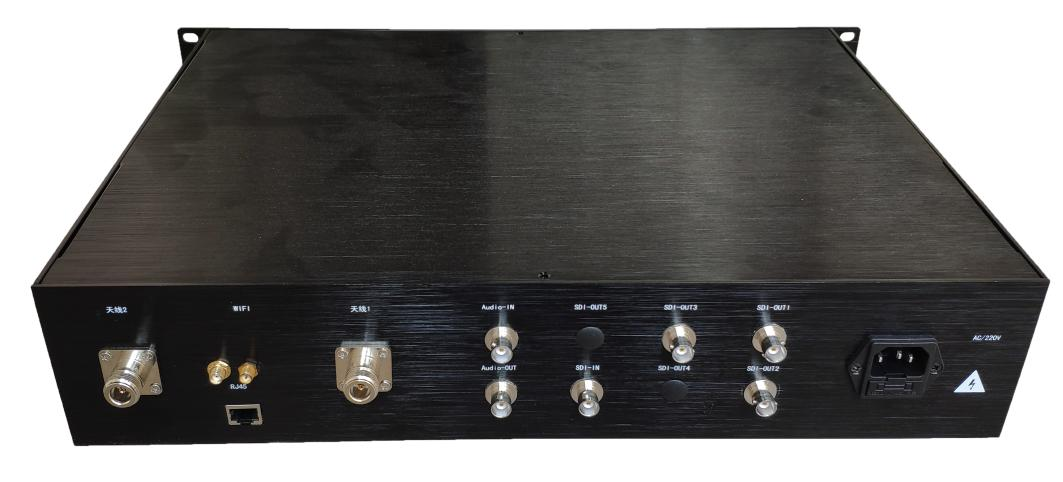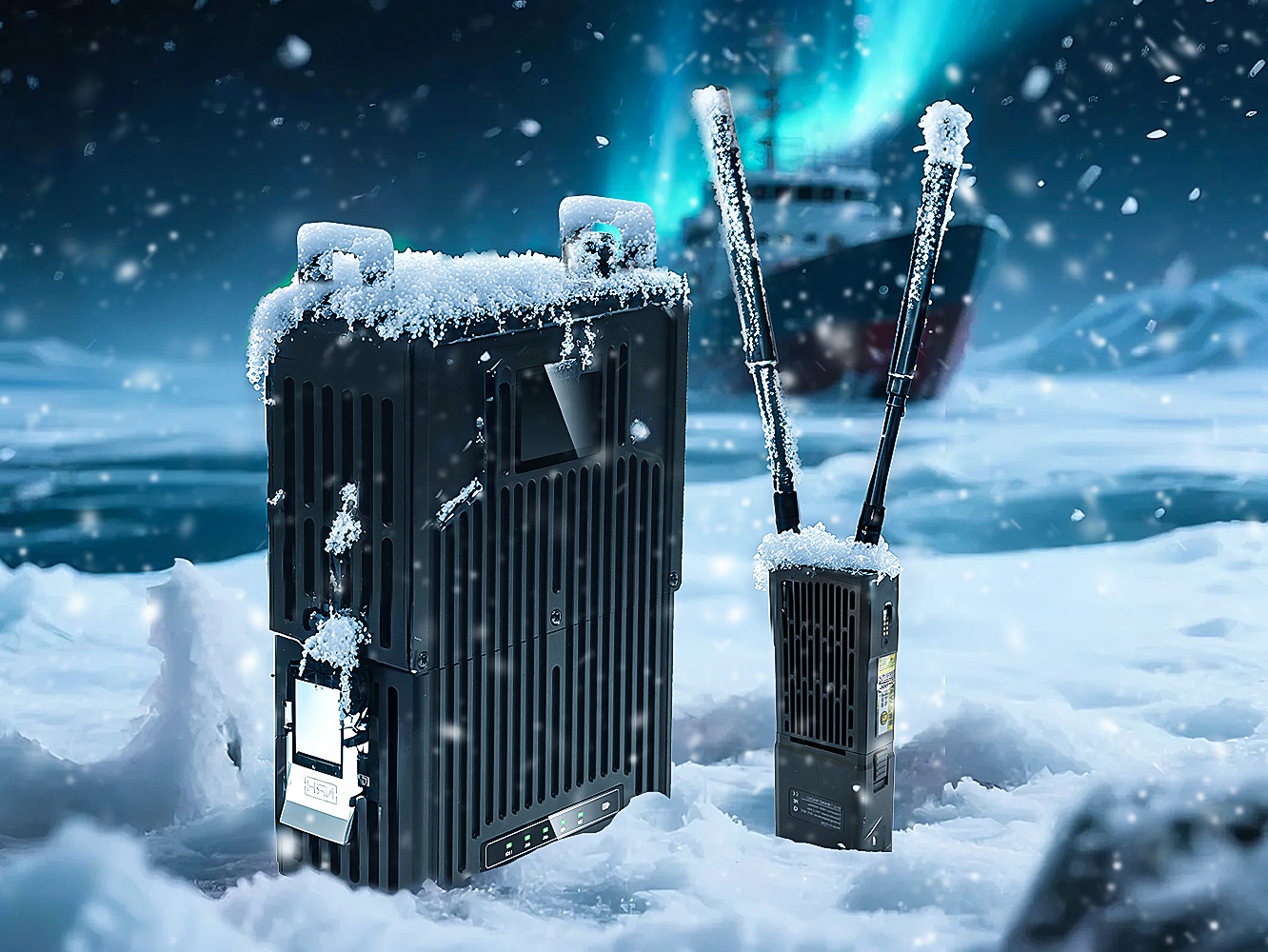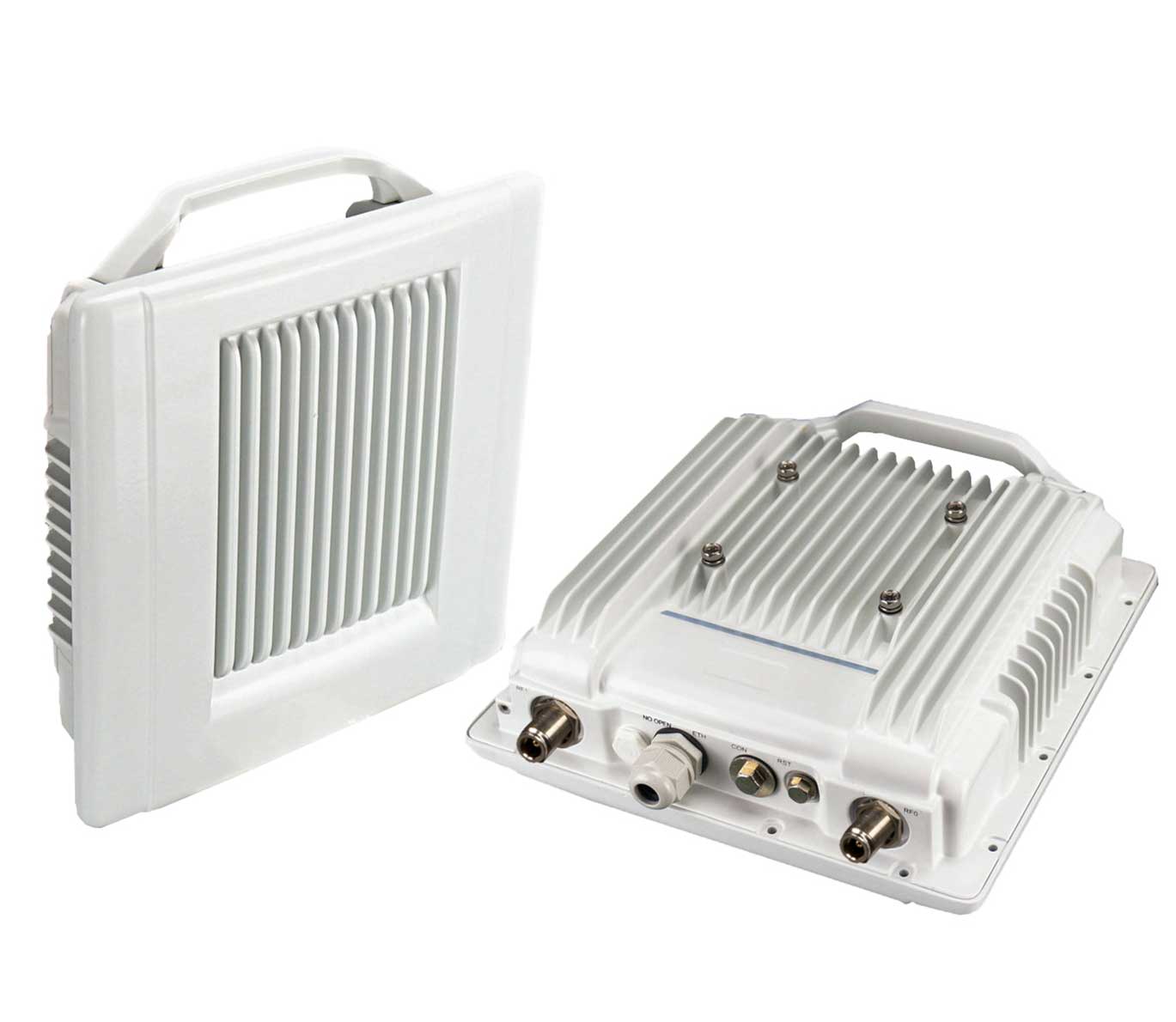IP Mesh vs Traditional Wireless Network: What’s the Difference?
In the fast-evolving world of wireless communication, the need for real-time, reliable, and scalable connectivity has never been greater. From tactical operations and unmanned systems to smart cities and industrial IoT, the demand for robust networks capable of handling video, data, and control signals simultaneously continues to grow.
While traditional wireless networks—like Wi-Fi or cellular systems—have dominated communication for decades, IP Mesh Networks are now emerging as a game-changing technology. Their decentralized, self-healing structure provides unmatched resilience and flexibility, particularly in mission-critical environments.
1. What Is a Traditional Wireless Network?
A traditional wireless network typically operates in one of two main architectures:
Point-to-Point (P2P): Data is transmitted directly between two endpoints, such as a base station and a remote receiver.
Point-to-Multipoint (P2MP): One central base station communicates with multiple remote devices, similar to how a Wi-Fi router connects to several users.
In both cases, the system relies heavily on a centralized access point. All devices communicate through that single hub, which manages traffic, controls data flow, and provides network access.
How It Works
When you connect to a Wi-Fi router or a cellular tower, your device sends data to the base station, which then routes it to other users or servers. The entire network depends on this central hub—if it fails or becomes congested, the entire communication chain suffers.
Limitations
While effective for consumer and office use, traditional networks face several challenges:
Single Point of Failure: If the central hub is damaged or disconnected, communication stops entirely.
Limited Range: The coverage area depends on the base station’s signal strength.
Fixed Infrastructure: Requires pre-deployed routers or towers—unsuitable for field or mobile operations.
High Latency in Congested Areas: Shared bandwidth leads to delays and signal degradation.
2. What Is an IP Mesh Network?
An IP Mesh Network is a decentralized, self-forming communication system where every node (radio device) acts as both a transmitter and a receiver. There is no central base station. Instead, each node connects dynamically to others, creating a web-like topology that can adapt to changing environments.
How It Works
When powered on, each IP Mesh Radio automatically searches for nearby nodes and establishes connections. Data can “hop” from one radio to another until it reaches its destination—a process known as multi-hop communication.
If one node fails or moves out of range, the system automatically reroutes the data through another available path. This self-healing capability ensures continuous communication without interruption.
Key Characteristics
Decentralized topology: Every node is equal—no single point of failure.
Dynamic routing: The network adjusts routes in real time.
Scalability: Adding more nodes expands the network seamlessly.
Broadband capability: Supports video, voice, and control data simultaneously.
3. IP Mesh vs Traditional Wireless Network: A Detailed Comparison
Feature | Traditional Wireless Network | IP Mesh Network |
Network Architecture | Centralized (router or tower-based) | Decentralized (node-to-node) |
Reliability | Prone to single-point failure | Self-healing, highly resilient |
Range | Limited to base station coverage | Extended through multi-hop links |
Deployment | Requires infrastructure setup | Self-forming, rapid deployment |
Mobility | Limited, often static | Supports fast-moving nodes (UAVs, vehicles) |
Scalability | Adding users increases load | Adding nodes strengthens network |
Latency | Higher with congestion | Low and adaptive |
Use Cases | Offices, homes, urban areas | Tactical, industrial, remote operations |
4. Why IP Mesh Networks Are Transforming Communication
1). True Mobility
IP Mesh Networks maintain seamless connectivity even as nodes move—ideal for UAV fleets, robotic systems, or vehicular communications. Traditional systems often drop signals during movement or when switching between towers.
2). Rapid Deployment
Field teams can deploy IP Mesh Radios within minutes—no base station or tower setup required. This makes them invaluable for emergency response, military missions, and temporary event coverage.
3). Enhanced Reliability
Since there is no central hub, the network can withstand partial node failures without disruption. Every additional node enhances the network’s redundancy and coverage.
4). High-Bandwidth Data Sharing
Unlike narrowband radios, IP Mesh systems support HD video, real-time telemetry, and multi-sensor data streams—crucial for surveillance, situational awareness, and command coordination.
5). Security and Encryption
Modern IP Mesh Radios feature AES encryption, frequency hopping, and secure IP protocols to ensure communication confidentiality and protection against interference or interception.
5. Applications of IP Mesh Radios
Military and Defense: Tactical communication, situational awareness, and real-time video transmission in the battlefield.
Public Safety: Ad hoc communication for firefighting, disaster recovery, and emergency coordination.
UAV and Robotics: Low-latency data link between unmanned systems and control stations.
Industrial Monitoring: Wireless connectivity for mines, oilfields, and power plants.
Broadcast and Live Events: Cable-free HD video streaming and coordination for outdoor productions.
6. The Future of IP Mesh Networks
As technologies like 5G, AI, and Edge Computing advance, IP Mesh Radios are evolving toward greater intelligence and autonomy. Future developments will include:
AI-driven routing optimization
Hybrid integration with satellite and cellular systems
Enhanced bandwidth management
Smaller, more energy-efficient hardware
These innovations will make IP Mesh Networks indispensable for defense, smart cities, and industrial automation—offering seamless, real-time connectivity wherever traditional networks cannot reach.
7. Why Choose TuQian IP Mesh Radios
TuQian is a trusted supplier of professional wireless communication systems, specializing in IP Mesh Radios for tactical, industrial, and unmanned applications. Built for reliability and performance, TuQian solutions empower organizations to achieve secure, real-time, and long-range connectivity.
Key Advantages:
Self-forming, self-healing mesh topology
Real-time video, voice, and data transmission
AES-encrypted, secure communication
Supports 2.4GHz, 5.8GHz, and custom frequency bands
Ruggedized design for mobile and outdoor deployment
Fully compatible with UAVs, vehicles, and field systems
With proven success in defense, emergency response, and industrial operations, TuQian IP Mesh Radios enable teams to stay connected even in the most demanding environments.
8. Conclusion
In summary, the difference between IP Mesh Networks and Traditional Wireless Networks lies in flexibility, reliability, and scalability. While traditional networks serve static or urban environments well, IP Mesh Networks thrive in dynamic, mission-critical, and infrastructure-free operations.
TuQian IP Mesh Radios represent the next generation of tactical wireless networking—offering adaptive, secure, and resilient communication that keeps you connected when it matters most.













